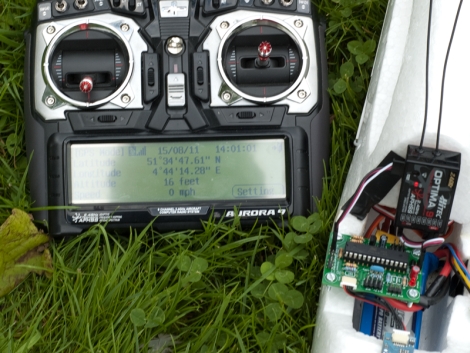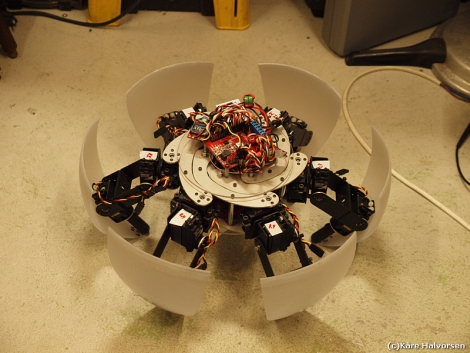
Along with hobby electronics, flying RC planes is one of [Diederich’s] favorite hobbies. When out in the field, he prefers to use an Aurora 9 radio controller, and while the remote is great, he was a bit disappointed in Hitec’s telemetry sensor lineup. He says that the sensors are pretty decent, though limited, and he was positive he could build a better telemetry solution.
His sensor board is completely open source, and comes with a long list of features. First and foremost, it emulates all of the messages that can be sent to the radio controller by Hitec’s off the shelf models, making it a simple drop-in replacement. He uses an ATMega8L microcontroller to run the show, including all sorts of input pins and connectors to support GPS as well as voltage and current monitoring.
He has made a DIY kit available for purchase online, but all of the sensor’s schematics and a BOM are available for free, should you desire to roll your own.
We love seeing DIYers show up manufacturers in this way, especially when they share the goods with their fellow hobbyists. Nice job!
















